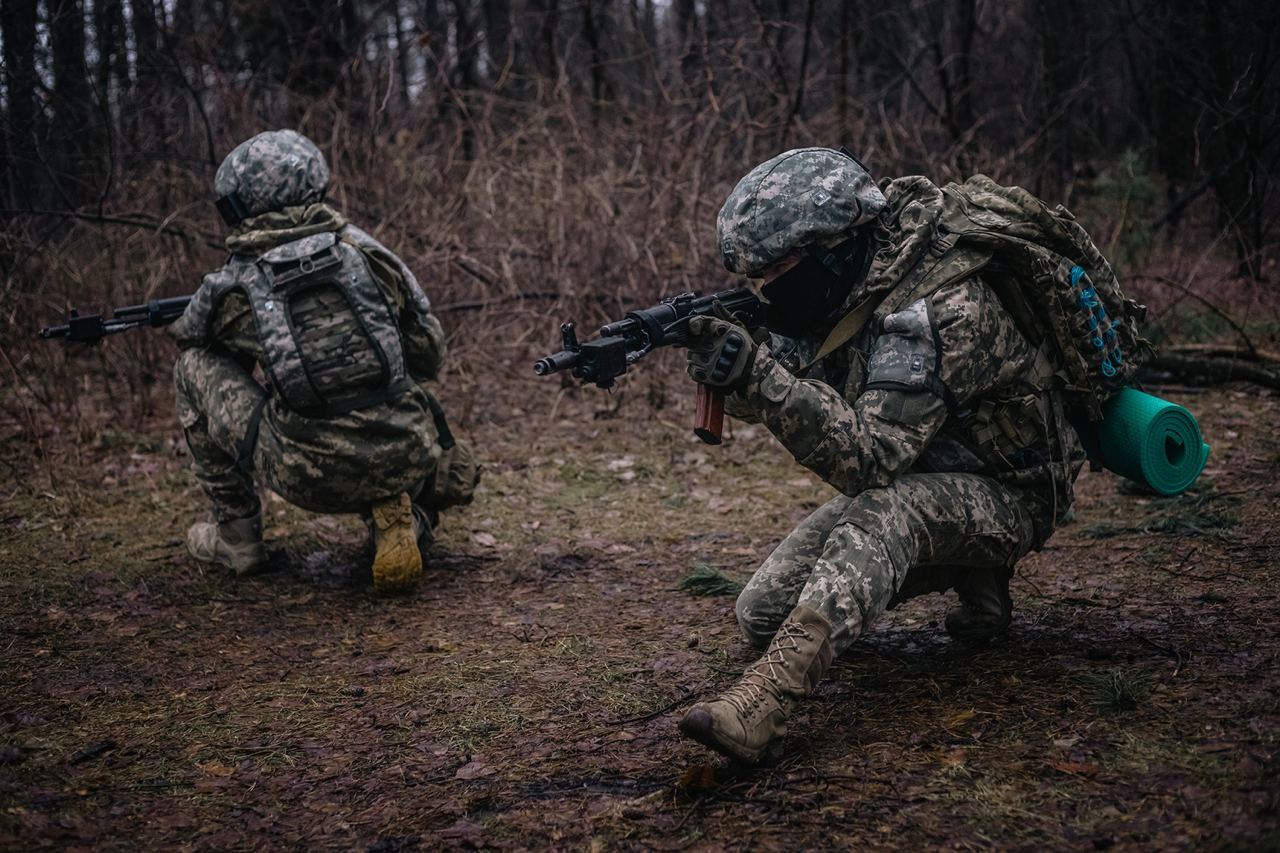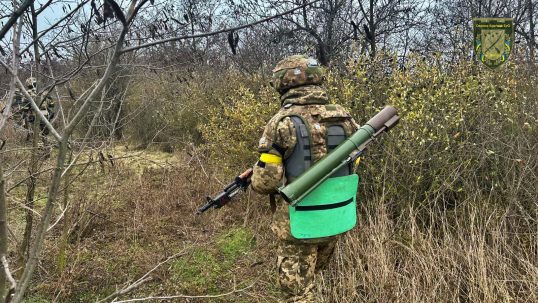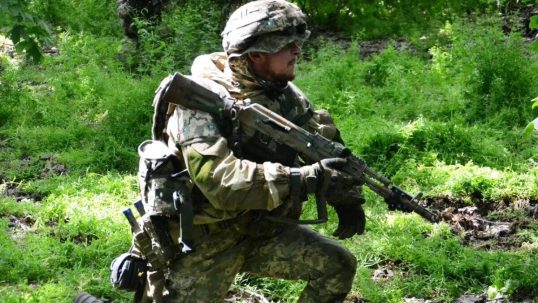
Standard training methods, which include physical exercises, target shooting, and basic tactical lessons, no longer provide the necessary level of preparation for military personnel. Today, infantry must be able to interact with armored vehicles, UAVs, FPV pilots, artillery, and more. To achieve such comprehensive training, soldiers need modern training methods. This is where modern two-way fire simulation systems come into play. In this article, we will explore the advantages of using tactical simulators from SKIFTECH.
SKIFTECH ecosystem
All SKIFTECH training systems are based on digital signal transmission technology. Electronic blocks are installed on firearms, military equipment, artillery, or UAVs for realistic fire simulation. Equipment for tactical training interacts with each other and can be integrated into a single system for simultaneous training of various military branches.
Within one training scenario, the following can interact:
- Riflemen
- Snipers
- Tank crews
- Artillery and mortar crews
- Military engineers
- UAV crews
- Anti-aircraft gunners.
Real combat condition simulation
SKIFTECH simulators are installed on standard weapons and equipment, allowing for accurate simulation of real combat conditions. Moreover, the simulators replicate the operation of real weapons – including arming, reloading, and more. This allows soldiers to train in realistic combat scenarios where every action can be decisive. They better understand how to act during firefights, make decisions under stress, and respond quickly to unexpected situations.
Read more: Training for urban combat
Training effectiveness

The software of modern simulation systems allows for tracking and analyzing every action of soldiers during training. This enables instructors to provide feedback, point out mistakes, and improve the soldiers’ skills. This approach significantly enhances the effectiveness of training by focusing on specific areas that need improvement.
Preparation for modern threats
SKIFTECH simulators match modern weaponry and prepare training participants for various threats. In a single training session, participants can simultaneously:
- Shoot down simulated enemy cruise missiles, helicopters, planes, and UAVs
- Adjust simulated artillery or mortar fire
- Mine territory
- Conduct assault or defensive maneuvers involving armored vehicles
Modern two-way simulation systems allow for modeling these threats and practicing tactics to neutralize them. This ensures the preparation of soldiers for various scenarios that may arise during combat.
Read more: Developing new scenarios for military training
Motivation and engagement
The realism of simulations significantly increases the level of motivation and engagement of soldiers during training. When participants see the real results of their actions and feel that the training is helping them be better prepared for real challenges, their motivation to improve increases.
The implementation of modern two-way fire simulation systems in tactical training is an essential part of preparing military and law enforcement personnel for new threats and challenges. These systems provide realistic combat condition modeling, help reduce risks in real operations, enhance training effectiveness, and motivate soldiers to improve their skills.

